Target Baby Wipes – Consider This!
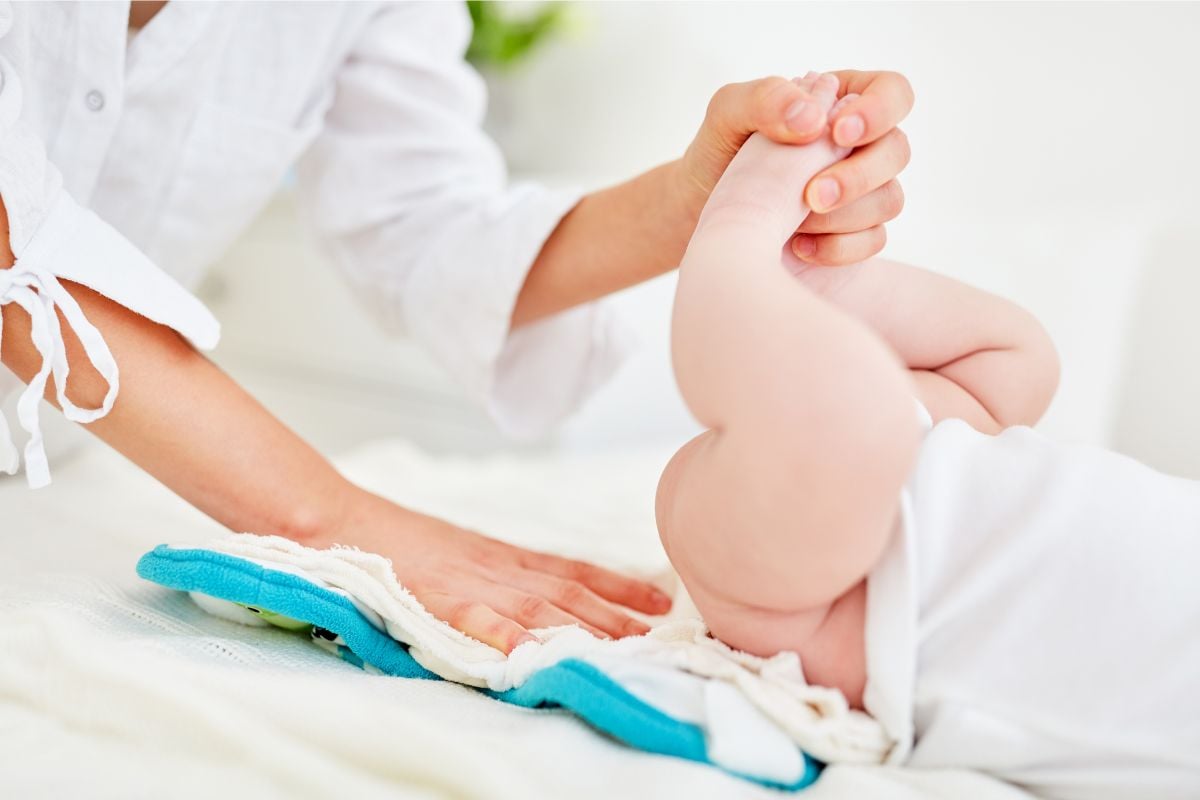
You would like to try Target baby wipes for your baby but are not sure whether they are safe enough? You are in luck! This easy-to-follow ingredient review of Up and Up wipes will help you make an informed decision about purchasing safe baby wipes. Specifically, we will compare the ingredients of Up & Up Sensitive Skin Baby Wipes and Up & Up Fresh & Clean Baby Wipes. You will see why the former are rated much better than the latter in our Baby Wipes Rating List and even made it to the top half of the list. In other words, based on their ingredients, Up & Up Sensitive Skin Baby Wipes are some of the safest baby wipes, in our opinion. Stick to the end for answers to popular questions about non-toxic baby wipes.
In this post:
- Improvements in the Formulation of Target Wipes
- How we calculate a product’s safety rating
- Up and Up Wipes Ingredients
- Ingredients Rated Under 3
- Target Baby Wipes Ingredients Rated 3
- Ingredients Rated Higher than 3
- Conclusion about Up and Up Wipes
- Questions and Answers
- What is the safest brand of baby wipes?
- Which brand of baby wipes is the best?
- What baby wipes should I use for my newborn baby?
- When do baby wipes expire?
- What baby wipes have the least ingredients?
Improvements in the Formulation of Target Wipes
To begin, we would like to applaud the Target brand wipes for positive changes. When we first wrote about these wipes in 2018, they contained ethoxylated ingredients, namely PEG-75 Lanolin and Polysorbate 20. On top of that, they had 2-bromo-2-nitropropane-1,3-diol, a formaldehyde-releasing preservative.
As of January 2023, these harmful ingredients are not in the formulation of Target baby wipes. Good job, Target! Moreover, none of the three kinds of the Target brand wipes we rated in our baby wipes rating list contains phenoxyethanol. To clarify, phenoxyethanol results from a reaction of highly corrosive phenol with carcinogenic ethylene oxide. Hence, it may contain residual amounts of both. In our blog post Phenoxyethanol in Skincare, we discuss this preservative in detail.
So, we are going to look at the ingredients of Up & Up Sensitive Skin and Up & Up Fresh & Clean baby wipes. These are two of the three kinds of Target baby wipes we rated for safety in our baby wipes rating list. (Find out which of the three kinds of Up and Up wipes rated the safest in our Baby Wipes Rating List.)
Interestingly enough, although Up & Up Fresh & Clean Baby Wipes contain many beneficial botanicals, their rating is worse than that of Up & Up Sensitive Skin Baby Wipes that do not have any botanicals in their formulation. Read on to learn how we arrive at the rating values in our rating list.
How we calculate a product’s safety rating
First, we copy and paste all the ingredients of the baby wipes we are evaluating for safety. Then, we assign a value to each ingredient based on our opinion of its level of toxicity. Prior to that, to form our opinion, we study all the available chemical databases, European regulations, and scientific and medical studies on this ingredient.
For us, an ingredient rating scale from 0 to 10 works the best. Namely, we assign a value to an ingredient to demonstrate how safe or toxic we think it is. The lower the value, the safer the ingredient; the higher the value, the more toxic the ingredient, in our opinion. For instance, the ingredients we consider the safest receive the lowest value of 0 (e.g., certified organic oils). Conversely, the ingredients we consider the most toxic receive the highest value of 10 (e.g., benzalkonium chloride).
Next, we calculate the final rating of the product using our effective methodology described in the Baby Wipes Rating List E-Book. The final rating shows a relative safety degree of the product. In other words, the lower the rating, the safer the baby wipes.
In case of Target baby wipes, the final rating for Up and Up wipes is as follows:
- Sensitive Skin Baby Wipes score 60, and
- Fresh & Clean Baby Wipes score 280.
What does that mean? In our opinion, Up & Up Sensitive Skin Baby Wipes are made with safer ingredients. For better understanding, let us look at the ingredients of these wipes.
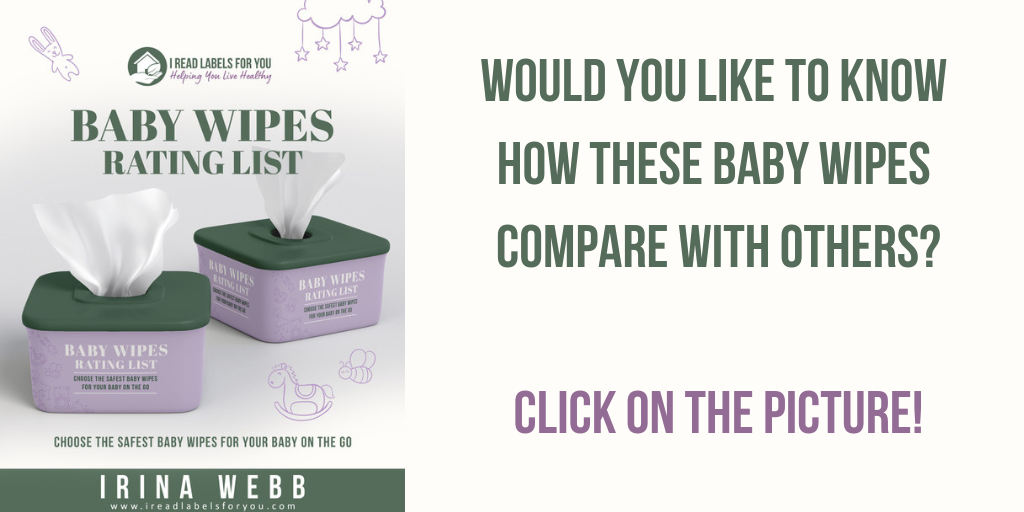
Up and Up Wipes Ingredients
In bold are the ingredients that these two kinds of Target wipes have in common.
| Up & Up Fresh & Clean Baby Wipes (scored 280) | Up & Up Sensitive Skin Baby Wipes (scored 60) |
| Plant-Based Fibers (cloth material) Water Citric Acid Disodium EDTA Gluconic Acid Sodium Citrate Sodium Benzoate Tetrasodium Glutamate Diacetate Aloe Barbadensis Leaf Juice Calendula Officinalis Flower Extract Chamomilla Recutita (Matricaria) Flower Extract Cucumis Sativus (Cucumber) Fruit Extract Glycyrrhiza Glabra (Licorice) Root Extract Glycerin Sodium Bicarbonate Decyl Glucoside Tocopheryl Acetate Fragrance | Plant-Based Fibers (cloth material) Water Citric Acid Disodium EDTA Gluconic Acid Sodium Citrate Sodium Benzoate Tetrasodium Glutamate Diacetate Xanthan Gum Coco-Glucoside Glyceryl Oleate |
You may be wondering why Fresh & Clean wipes scored 280 (the higher the rating, the more toxic the product) even though they have so many beneficial botanicals. Read on to see the reason for that as we explain the rating value for each ingredient in Target baby wipes.
Ingredients Rated Under 3
| Baby wipes ingredient | Rating | Reason for the rating |
| Botanicals (Aloe Barbadensis Leaf Juice, Calendula Officinalis Flower Extract, Chamomilla Recutita (Matricaria) Flower Extract, Cucumis Sativus (Cucumber) Fruit Extract, Glycyrrhiza Glabra (Licorice) Root Extract) | 1 | – good skin conditioners – would be rated 0 if they were organic |
| Citric Acid | 1 | – adjusts acidity (normally added in small quantities) |
| Disodium EDTA | 1 | – increases skin absorption (i.e., if there are any contaminants in Up and Up wipes, their absorption will increase) |
| Gluconic Acid | 1 | – chelator – produced from glucose |
| Glucosides (Coco, Decyl) | 2 | – some of the safest, mild, and biodegradable surfactants – in rare cases, may be allergenic to sensitive skin – For your information, decyl glucoside is on the American Contact Dermatitis Society’s list of allergens. (Learn more in our Are Glucosides Safe? post.) |
| Glycerin | 1 | – good skin conditioner – prevents baby wipes from drying out |
| Glyceryl Oleate | 2 | – emulsifier |
| Sodium Bicarbonate | 1 | – baking soda |
| Sodium Citrate | 1 | – adjusts acidity (normally added in small quantities) |
| Xanthan Gum | 1 | – common thickener – generally considered safe but is often produced from genetically modified corn (We don’t know its source in the Target wipes.) |
| Water | 0 | – causes no concerns when there are preservatives in the product formulation |

Target Baby Wipes Ingredients Rated 3
| Baby wipes ingredient | Rating | Reason for the rating |
| Sodium Benzoate | 3 | – common preservative in food – on the American Contact Dermatitis Society Core Allergen Series due to its potential to raise the risk of an allergic reaction if used in concentrations of 5% and higher – We have no information about the amount of sodium benzoate in the Up and Up wipes. Discontinue using them if any irritation occurs. |
| Tetrasodium Glutamate Diacetate | 3 | – chelator – no safety data |
| Tocopheryl Acetate | 3 | – a compound of acetic acid and tocopherol (vitamin E) – has antioxidant and anti-inflammatory properties – can be either extracted from vegetable oils or produced synthetically – synthetic production involves methylhydroquinone creating a potential for hydroquinone contamination (learn more about hidden ingredients in baby wipes and hidden ingredients in cosmetics) – It would be helpful to know which production process was used for tocopheryl acetate in Target baby wipes. |
Ingredients Rated Higher than 3
| Baby wipes ingredient | Rating | Reason for the rating |
| Fragrance | 8 | – Fragrance, even “natural” fragrance, consists of numerous ingredients, normally not disclosed by manufacturers. – Many fragrance ingredients may potentially cause allergies, dermatitis, respiratory distress, and affect the reproductive system. – For example, in fragrance mixes, manufacturers may use styrene, diethyl phthalate, and butylphenyl methylpropional (lilial) potentially associated with skin sensitization, reproductive toxicity, endocrine disruption, or cancer. – We don’t know what ingredients are used in the scented Up and Up wipes. In general, we recommend avoiding fragrance, including natural fragrance, in baby products. – The great news is that Up & Up Sensitive Skin Baby Wipes have no fragrance. Conversely, Up & Up Fresh & Clean Target baby wipes have fragrance. Actually, this is the main reason they scored such a high rating (the higher the rating, the more toxic the product, in our opinion). – Use our Baby Wipes Rating List to choose safe baby wipes scented with essential oils or totally unscented baby wipes. |
| Plant-based fibers (cloth material) | 5 | – On the one hand, “plant-based” sounds better than plastic. – On the other hand, we don’t know what plant was used and what processes it underwent to turn into fabric. Hence, we classify such cloth material description as “undisclosed ingredients.” – The preferred cloth material for the safest baby wipes is organic cotton. In our Baby Wipes Rating List, you can see which wipes are made of organic cotton. |

Conclusion about Up and Up Wipes
In sum, we have compared the ingredients of Sensitive Skin and Fresh & Clean Target baby wipes for safety. The Sensitive Skin wipes scored a lower rating (60) than the Fresh & Clean baby wipes (280) in our rating list. To clarify, the lower the rating, the safer the product, in our opinion. This means that we consider Sensitive Skin baby wipes safer because they are made with safer ingredients. (Find out which Up and Up wipes rated even safer than Sensitive Skin wipes in our Baby Wipes Rating List.)
Further, the main ingredient that caused Up & Up Fresh & Clean baby wipes to score such a high rating (280) is fragrance. It’s a mixture of undisclosed ingredients potentially linked to numerous health issues. We recommend avoiding fragrance, even natural fragrance, especially in baby products. Therefore, totally unscented baby wipes or those scented with essential oils are some of the safest in our Baby Wipes Rating List.
Finally, the Target baby wipes cloth is made of “plant-based fibers.” Although this may sound better than plastic, we hardly know anything about these fibers. Indeed, what plant was used? And what processes did it undergo to turn into fabric? These are legitimate questions because the manufacturing process involves multiple steps and chemicals along the way. The preferred cloth material for the safest baby wipes is organic cotton. In our Baby Wipes Rating List, you can see which wipes are made of organic cotton.
Questions and Answers
Find the answers to some frequently asked questions about baby wipes in this bonus section of our blog post.
What is the safest brand of baby wipes?
In general, baby wipes have become safer over the last few years. Indeed, there are no more formaldehyde-releasing preservatives, and even phenoxyethanol is gone from many wipes, replaced with milder preservatives.
In fact, both Sensitive Skin and Fresh & Clean Up and Up wipes use sodium benzoate, a common food preservative. However, for your information, the American Contact Dermatitis Society placed it among known allergens. Apparently, when used in concentrations of 5% and higher, sodium benzoate may cause an allergic reaction. (Discontinue using Target baby wipes if your baby develops skin irritation.)
How to find the safest brand of baby wipes? The easiest way is to use our Baby Wipes Rating List E-Book. In an easy-to-understand table, we list our opinions as to the relative safety of all the researched baby wipes.
Otherwise, do your own research by looking at the ingredients of the wipes to spot any potentially harmful ones. Specifically, look for fragrance (also called aroma, parfum or natural fragrance), harsh preservatives, and ethoxylated ingredients. In our opinion, the safest baby wipes contain none of these ingredients.
Plus, if possible, go for organic cotton as the baby wipes’ cloth material. Definitely, avoid polypropylene, a type of plastic which may release hormone disruptors. Fortunately, Target wipes are not made of polypropylene. Instead, they are made of plant-based fibers. At the same time, we do not really know what fabric they use because “plant-based fibers” sounds like non-disclosure to us.

Which brand of baby wipes is the best?
For starters, one can define the “best” wipes by price, count, material, performance, thickness, and such. As for I Read Labels For You, we look at the ingredients first and select the best out of the safest baby wipes.
The only way to find safe baby wipes is to study their ingredients for safety. We do this using scientific and medical literature, chemical databases, European regulations, and other credible sources. Then, we analyze the ingredients of multiple products and compare them by their safety degree.
Thus, our comparative analysis of Target baby wipes revealed that Sensitive Skin Up and Up wipes are safer, in our opinion, than Fresh & Clean wipes. The ingredient of concern in Up & Up Fresh & Clean baby wipes is fragrance. In our Baby Wipes Rating List, we rate it 8 out of 10 (10 as the most toxic). As for Up & Up Sensitive Skin wipes, they are fragrance free, which makes them a safer option.
If you have enough time, by all means, do your own research – you will learn a lot! For those who want to save time and energy, our Baby Wipes Rating List is a must. Specifically, the list presents the results of our survey of over 60 baby wipes and our opinion of their safety based on their ingredients. The lower the ranking value, the safer the wipes, in our opinion. So, once you identify the safest baby wipes, you can choose the best ones for yourself.
What baby wipes should I use for my newborn baby?
In our opinion, you should use non-toxic baby wipes for your newborn. When choosing the wipes, take the following important factors into consideration.
First, baby skin is more sensitive than that of adults and may react even to seemingly innocent ingredients. Indeed, even chamomile and avocado oil can be a culprit for some people.
Second, to make it easier for you to choose safe baby wipes, just exclude those that contain the following ingredients:
- fragrance
- ethoxylated ingredients
- harsh preservatives.
For instance, Target baby wipes called Fresh & Clean wipes contain fragrance. They are not your best choice, in our opinion. Instead, if you like Target wipes, go for a fragrance-free kind such as Sensitive Skin Up and Up wipes.
Bottom line, you should be ready to look at and understand the ingredients of the baby wipes to find the safest ones for your newborn. This is the only way to avoid those that may cause an allergic reaction in your baby.
This may sound overwhelming, but we’ve got you covered! Our Baby Wipes Rating List includes a separate ingredient breakdown file of over 60 baby wipes. All the ingredients are gathered in one place for you to look through and eliminate the product options that have potentially allergenic ingredients for your baby. This will take you minutes as opposed to hours of Internet jumping from one website to another. Choose the safest baby wipes for your newborn baby.
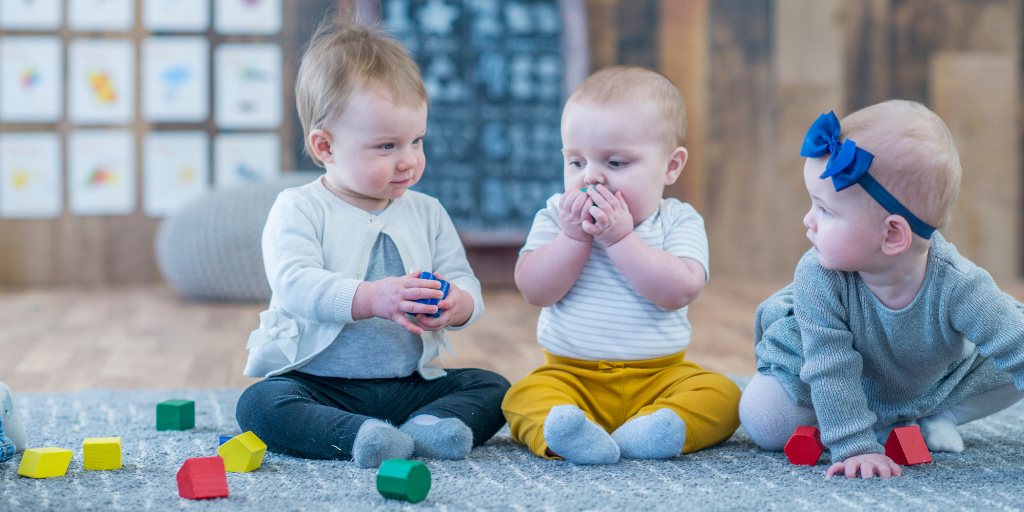
When do baby wipes expire?
In short, baby wipes expire when their preservatives expire.
It is important to understand that baby wipes must have preservatives because they contain water. Specifically, preservatives protect non-toxic baby wipes from mold and bacteria contamination. However, just like anything else, they also have expiration date.
The longer the shelf life of a product, the more powerful preservatives it uses. You want to avoid those because most of them are associated with serious health issues. That is why baby product manufacturers have started using milder preservatives, but they do not last as long. So, check the expiration date on your baby wipes and do not use them if they are past their prime. Indeed, bacteria and mold contamination is serious, and you can learn more about it in our WaterWipes Baby Wipes post.
As for Target baby wipes, both Sensitive Skin and Fresh & Clean Up and Up wipes use a milder preservative – sodium benzoate. Note that it is in the American Contact Dermatitis Society Core Allergen Series because it can increase the risk of an allergic reaction if used in concentrations of 5% and higher. We don’t know the concentration of sodium benzoate in Target wipes, so please be alert and discontinue using them if your baby develops skin irritation.
What baby wipes have the least ingredients?
This question might imply that the baby wipes with the least ingredients are the safest. While there is some truth to that, it does not always work 100%.
For instance, while Sensitive Skin Up and Up wipes do have a shorter list of ingredients and score a better (safer) rating than Fresh & Clean Target wipes, their safety does not spring off the number of their ingredients. It is the ingredients themselves that matter, not their quantity.
Indeed, WaterWipes baby wipes consist of only two ingredients, namely: water (99.9%) and citrus grandis (grapefruit) seed extract. Then under an asterisk comes a minor detail: “Contains trace of Benzalkonium Chloride.” Who cares about trace, right? Well, we do!
In our Baby Wipes Rating List, we assigned the highest degree of toxicity to benzalkonium chloride, 10 out of 10. For your information, benzalkonium chloride is a disinfectant and can serve as an antimicrobial preservative. Some evidence suggests that it is an irritant and may cause contact allergy even at concentrations as low as 0.1% (source).
As for grapefruit seed extract (GSE), it is good for skin conditioning. However, we have not come across any studies that conclusively demonstrate GSE as an effective preservative. And boy do WaterWipes need it with 99.9% water content! (More on WaterWipes Baby Wipes here.) If you are looking for the least toxic wipes, our Baby Wipes Rating List will help you pick them based on the number of their ingredients as well as their safety.
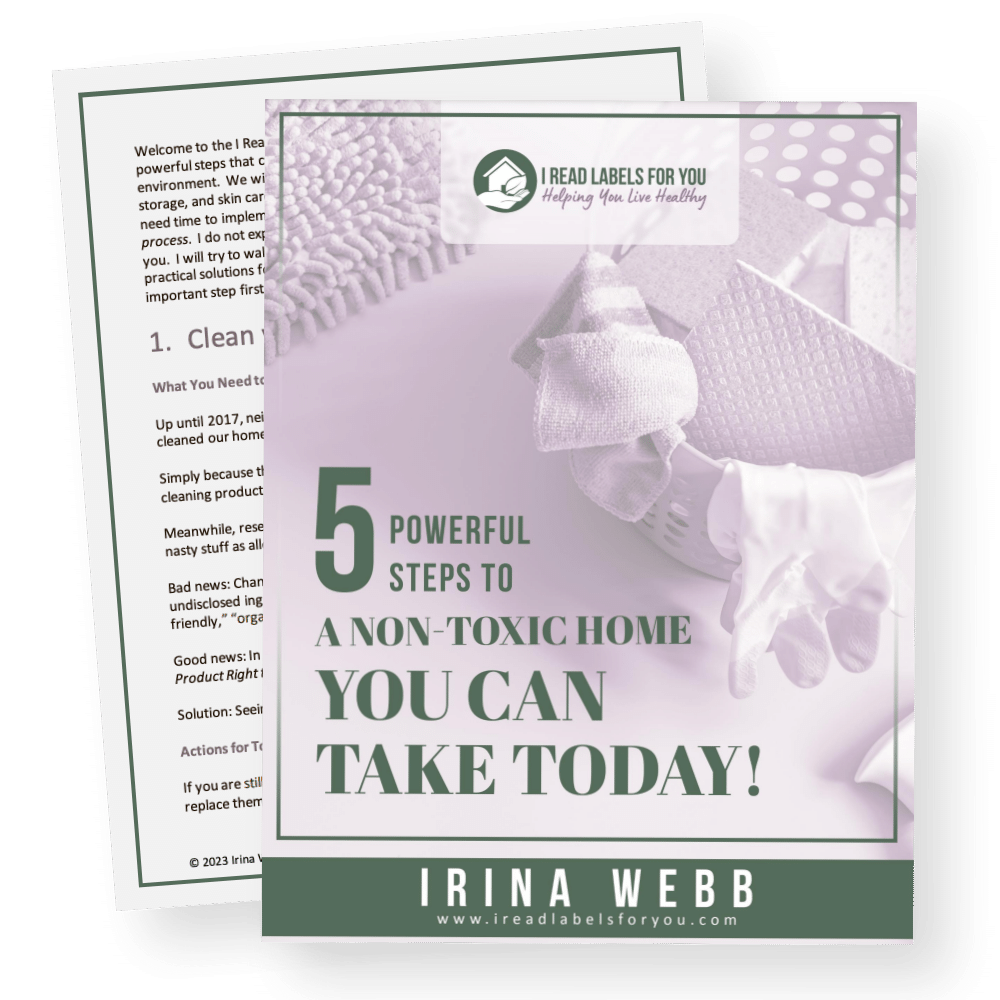
Download The Free Guide!
5 Powerful Steps To A Non-Toxic Home
Join our informed consumer community and get our free guide the “5 Powerful Steps To A Non-Toxic Home”.

 Written by
Written by 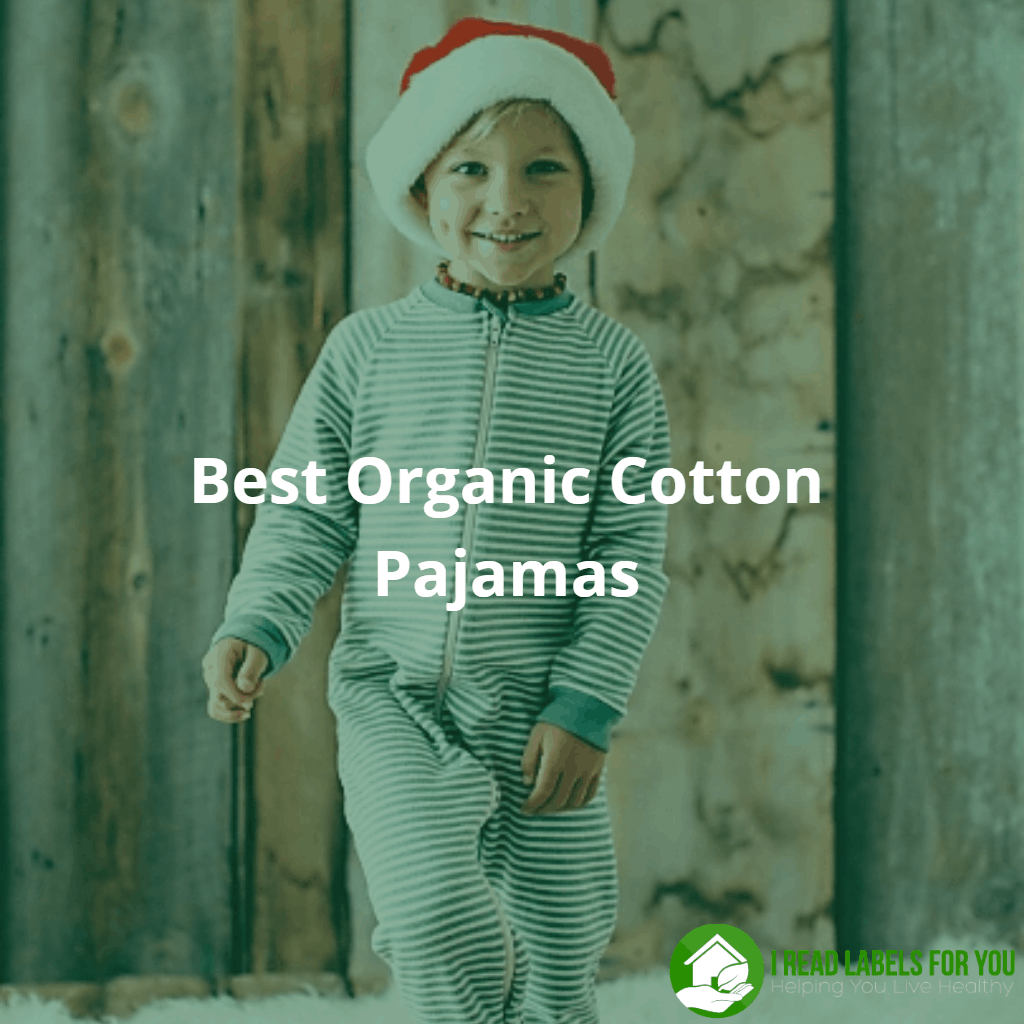
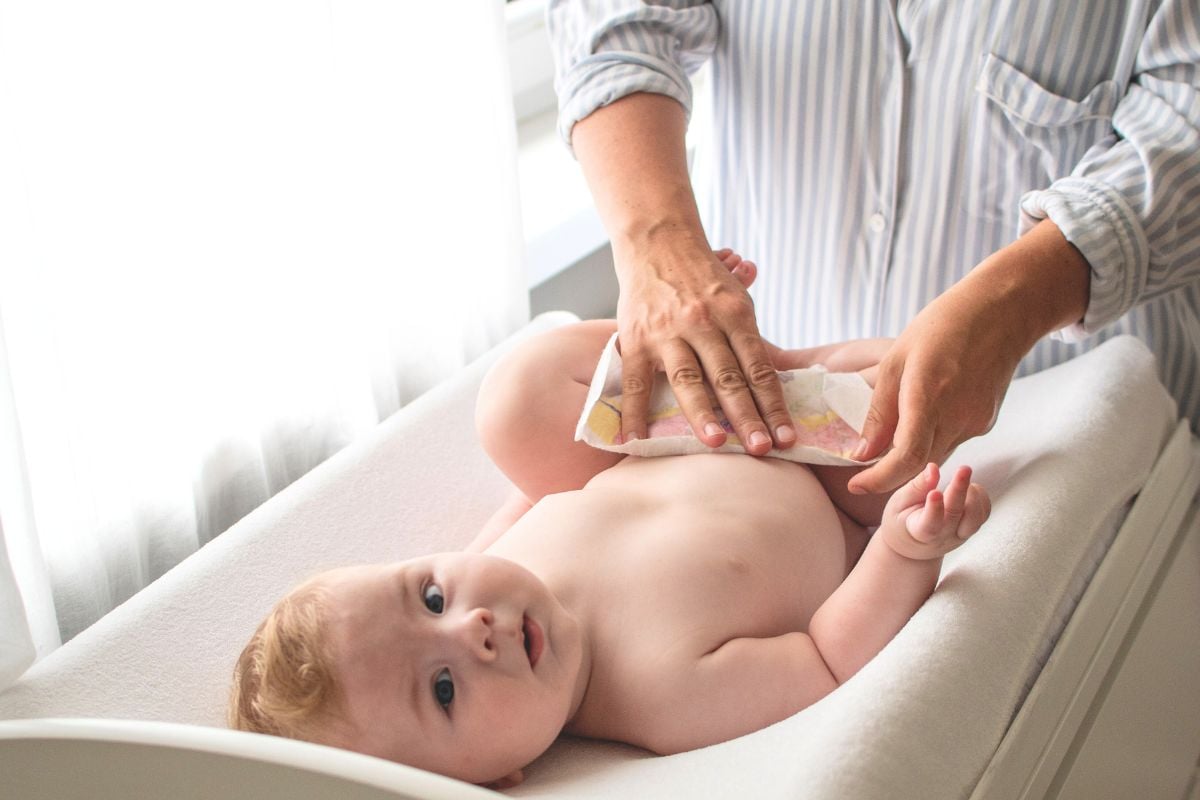
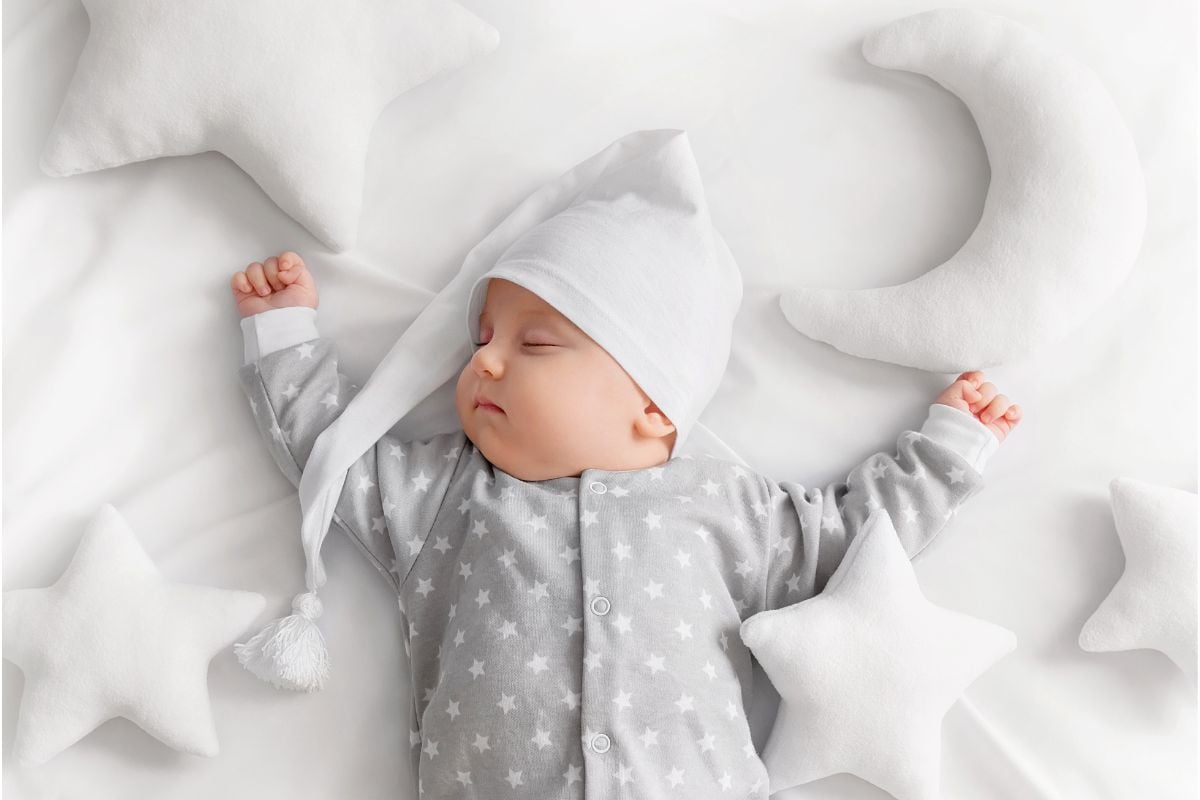
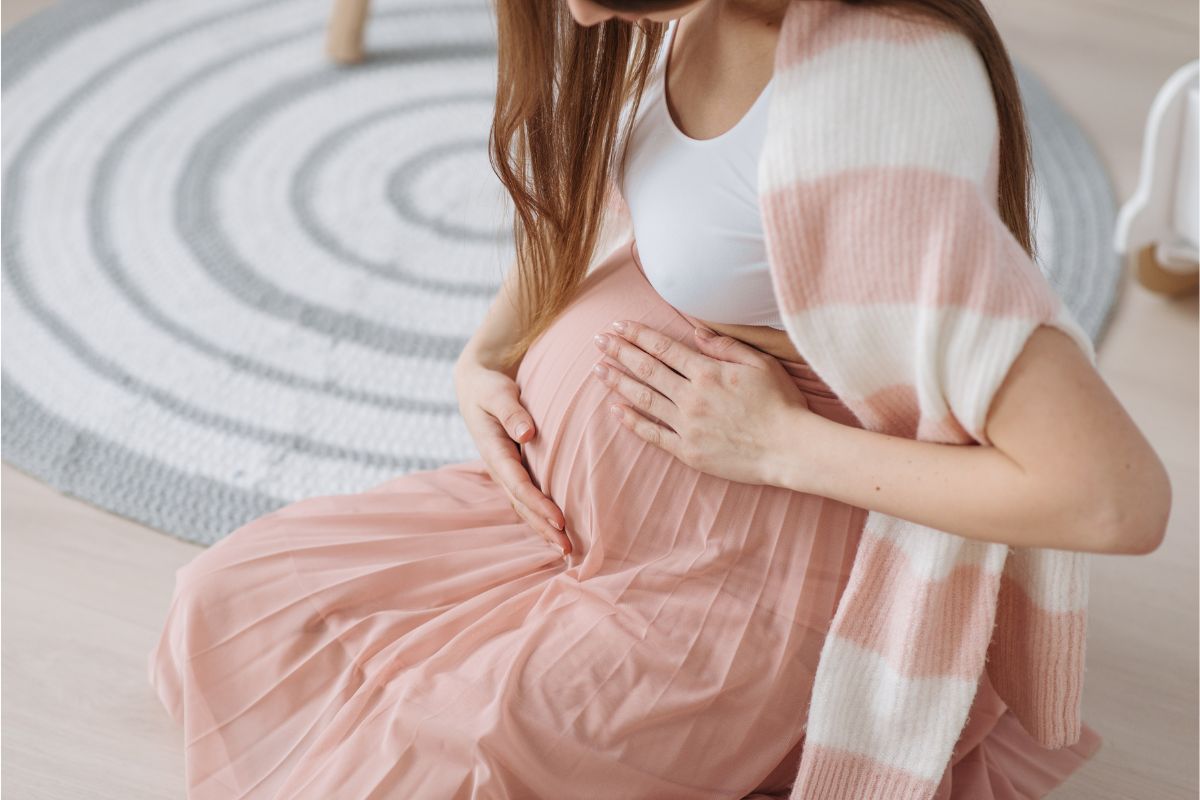
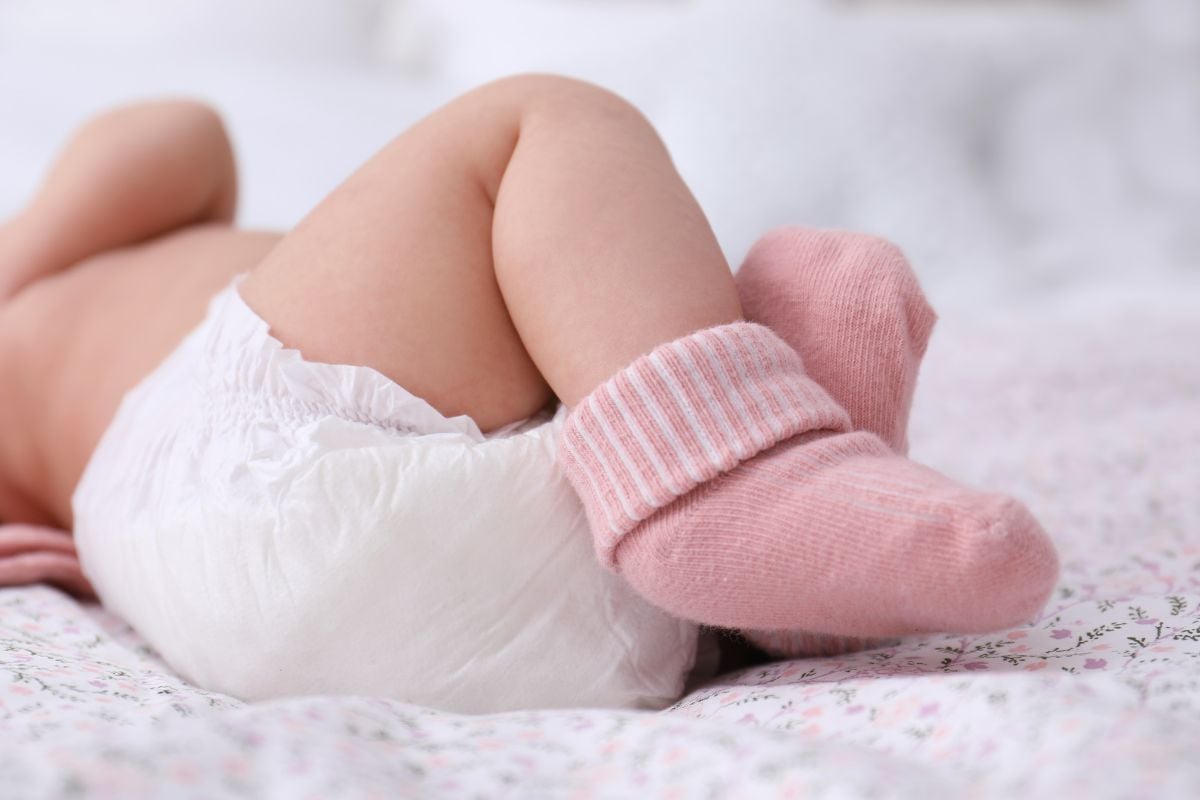
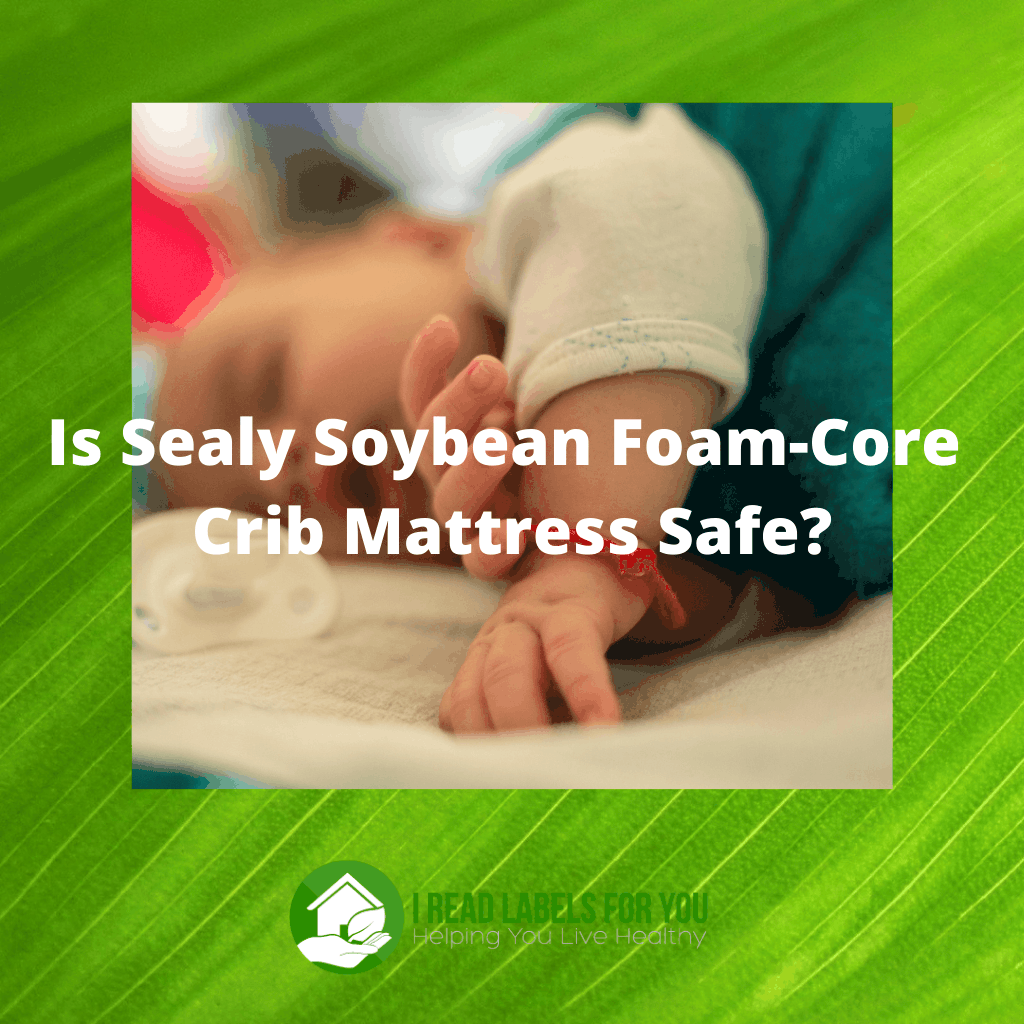
There is also the issue of the Up & Up Baby Wipes “fabric.” What is it made of? Thank you in advance.
Hi, Alice: I can’t get that information. ~Irina
Hi there. Would it be safe to say that the Up and Up Green Tea Melon wipes use a phenoxyethanol concentration of 1%? I chatted with a Target rep online, and they didn’t know the answer. I’m going to discontinue use of the baby wipes, because it makes me nervous that it’s possibly toxic.
Hi, Katie: It is good that you decided not to take chances. Thank you. ~Irina
Thank you! Do you know where I can find the concentration info?
Unfortunately, in my experience of a full-time product researcher of 7 years, normally, companies do not disclose that information. ~Irina
Sure! I have a picture but I don’t know how to share it in the comments here, so here are the ingredients listed:
Water, phenoxyethanol, decyl glucoside, tetrasodium glutamate diacetate, sodium benzoate, sodium citrate, citric acid, microcrystalline cellulose, cellulose gum
Thank you, Ruthanne! You’re right, you can’t attach a picture yet. If you can email via the contact page and after I respond to you, you will have my email address: https://ireadlabelsforyou.com/contact-me/ Thank you so much!
It looks like Target had changed their ingredients for these wipes. Could you do an update, please?
Yes, I will. Thank you, Ruthanne. In the meantime, if you happen to be in Target, could you take a picture of ingredients for me? ~Irina